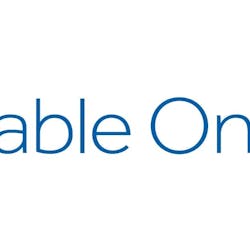CableLabs has completed its Full Duplex DOCSIS 3.1 specification, which is intended to enable symmetrical multi-gigabit services over existing hybrid fiber/coax (HFC) networks.
Current DOCSIS 3.1 technology is asymmetrical, allowing for throughput up to 10 Gbps downstream and 1 Gbps upstream. Most DOCSIS 3.1 deployments to date have speeds of 1 Gbps downstream and 100 Mbps upstream.
"In the United States, more than 90% of households are connected to an HFC network, and consumers typically have higher download speeds than upload speeds," said Phil McKinney, president and chief executive officer of CableLabs. "By enabling Full Duplex DOCSIS, the upstream and downstream traffic can flow at up to 10 Gigabits concurrently, doubling the efficiency of spectrum use."
In current DOCSIS networks, spectrum is typically split between the upstream and downstream, or spectrum is shared between upstream and downstream traffic. Full duplex communication enables upstream and downstream traffic to use the same spectrum simultaneously.
Full Duplex combines DOCSIS 3.1 technology, passive HFC network characteristics, self-interference cancellation technology and intelligent scheduling. The spec is designed for backward compatibility with previous versions of DOCSIS.
The Full Duplex DOCSIS 3.1 specification effort was initially announced last February, and Cisco (NASDAQ:CSCO) provided a royalty-free reference design for the spec at the CableLabs Summer Conference last August. The update to DOCSIS 3.1 including the complete Full Duplex DOCSIS specification is expected to be published on the CableLabs website later this month.





